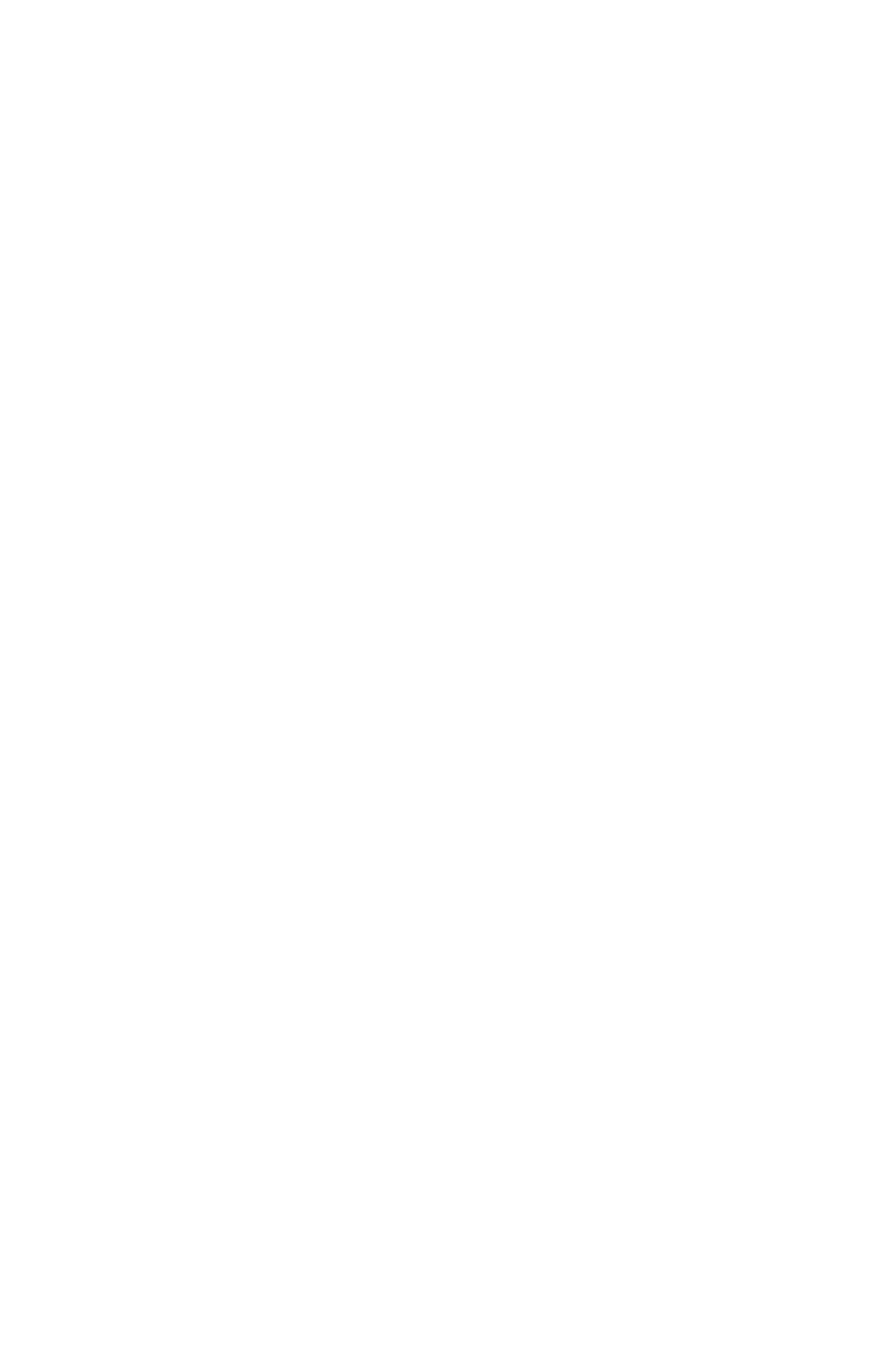B.35 output[:state]? query, B.38 [source:]current:limit:high command, B.35 – KEPCO KLP Series Developers Guide, Rev 3 User Manual
Page 115: Outp, B.36, Sour, B.37, B.38, B.36, b.37, B.38, b.3

KLP 041213
B-9
B.35 OUTPut[:STATe]? QUERY
OUTP?
Syntax:
Short Form: OUTP[:STAT]?
Long Form: OUTPut[:STATe]?
Return Value:
Description: Indicates whether power supply output is enabled or disabled. Returns 0 if output disabled,
returns 1 if output enabled. Related Commands: OUTP. (See example, Figure B-1.)
B.36 [SOURce:]CURRent[:LEVel][:IMMediate][:AMPLitude] COMMAND
CURR
Syntax:
Short Form: [SOUR:]CURR[:LEV][:IMM][:AMPL]
Long Form: [SOURce:]CURRent[:LEVel][:IMMediate][:AMPLitude]
Description: Sets programmed current level at power supply output. This command programs the output cur-
rent regulation point to a specific value; actual output current will depend on load conditions. If the pro-
grammed value exceeds the rated model maximum for the model being programmed, error message -
222,”Data out of range” is posted in output queue. If the programmed value exceeds either the virtual
model limit (CURR:LIM:HIGH) or 80% of current protection (CURR:PROT), a value corresponding to
CURR:LIM:HIGH or 80% of CURR:PROT, respectively, is programmed, and error message -
301,”Value too large” is posted in output queue. If a value programmed is lower than the model mini-
mum current, a value corresponding to the model minimum will be programmed; no error message is
generated. Related Commands: CURR:LIM:HIGH. (See example, Figure B-1.)
B.37 [SOURce:]CURRent[:LEVEL][:IMMediate][:AMPLitude]? QUERY
CURR?
Syntax:
Short Form: [SOUR:]CURR[:LEV][:IMM][:AMPL]? MIN, MAX
Long Form: [SOURce:]CURRent[:LEVel][:IMMediate][:AMPLitude]? MIN, MAX
Return Value:
Description: Returns either the programmed value, maximum value, or minimum value of current. The
CURR? query returns the programmed value of current. Actual output current will depend on load con-
ditions. The CURR? MAX query returns the maximum current allowed for a particular model. CURR?
Returns programmed current value. CURR? MAX returns maximum current allowed for power supply
(the lower of CURR:LIM:HIGH and 80% of CURR:PROT). CURR? MIN returns minimum current
allowed for the power supply model. Related Commands: CURR. (See example, Figure B-1.)
B.38 [SOURce:]CURRent:LIMit:HIGH COMMAND
CURR:LIM:HIGH
Syntax:
Short Form: [SOUR:]CURR:LIM:HIGH
Long Form: [SOURce:]CURRent:LIMit:HIGH
Description: Sets Virtual Model maximum programmable limit for power supply output current.
CURR:LIM:HIGH
MAX sets maximum programmable limit of the unit to the rated model maximum (e.g., 33A for KLP 75-
33). This command is password protected, requires SYST:PASS:CEN prior to execution.
After executing CURR:LIM:HIGH, the Output is set to OFF and overcurrent protection
(CURR:PROT) is recalculated to be the greater of 20% above the CURR:LIM:HIGH setting or 72% of
rated model maximum. Previously stored trigger levels are reset to zero volts and minimum current.
Stored settings (PAR. A.13) or programmed sequences using the LIST commands may be outside the
range established by the new virtual model. In this case, prior to execution, the value is cleared to the
default minimum (minimum current) and error message -222,”Data out of range” is generated.
If the value is out of the acceptable current range for the power supply model, error message
-222,”Data out of range” is posted in the output queue. If the user tries to set an output current value
larger than the CURR:LIM:HIGH setting, a value corresponding to the CURR:LIM:HIGH will be pro-
grammed and error message -301,”Value bigger than limit” is posted in the output queue. Once the
limit is established, the unit will not allow values higher than the programmed limit. Related Com-
mands: CURR, CURR:PROT, SYST:PASS:CEN. (See example, Figure B-3.)
